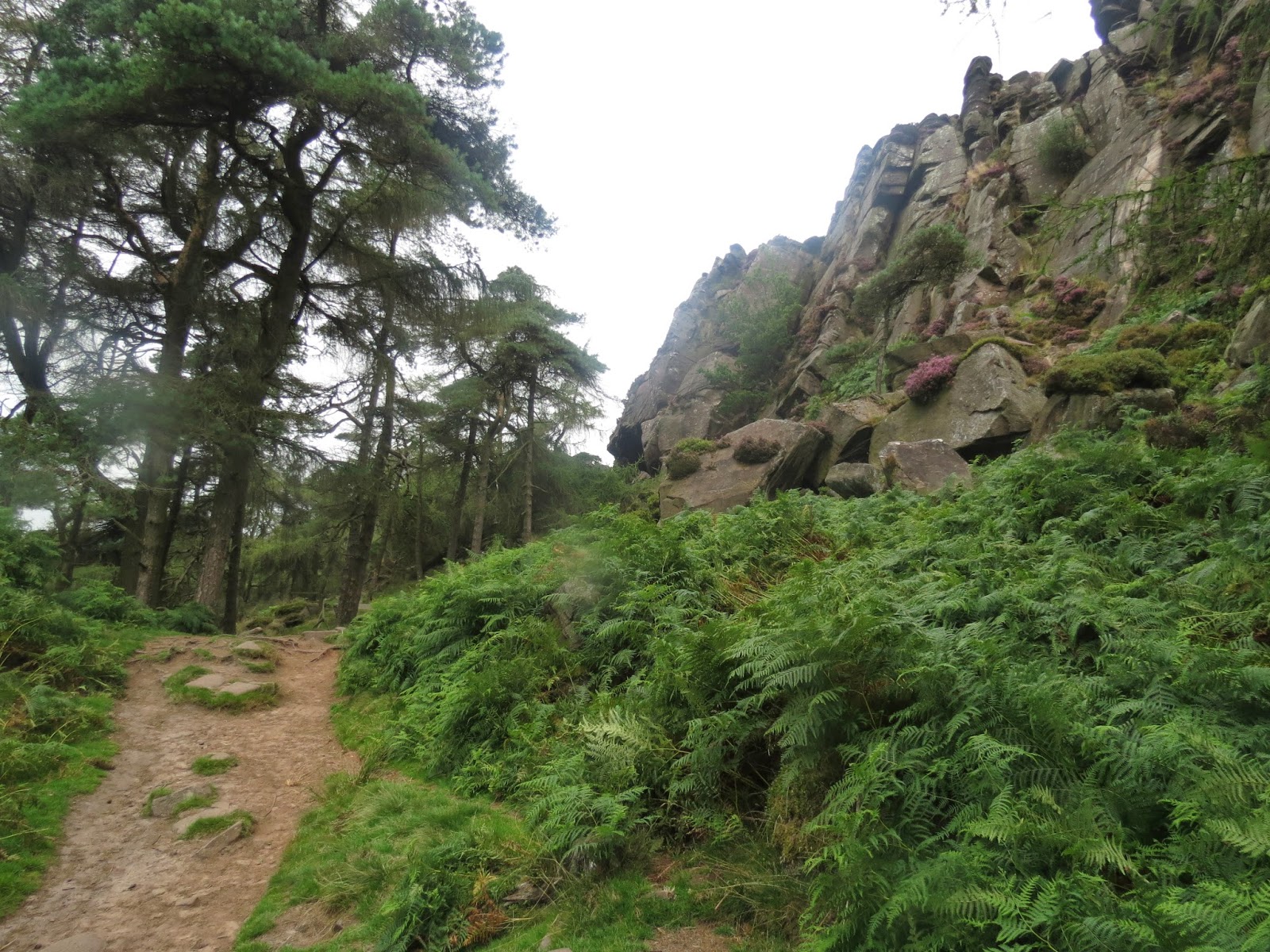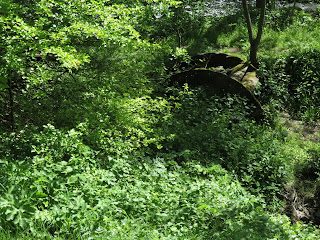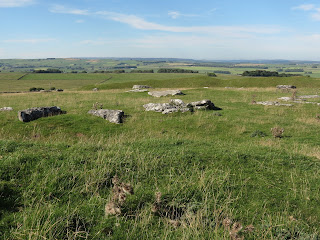Ever since I found out
that the Tour de France was starting in Yorkshire this year, I wanted
to go and see it live. Not because I was mad about cycling, I hadn't
been on a bike for many years but it is a massive world famous event
and it seemed a shame to not see it considering how near to home it
would be passing.
The problem was where to go to see it, without getting there ridiculously early or not being able to see because of the crowds. When I checked the route I found it would be passing Blackstone Edge Reservoir on the hills above Littleborough, near Rochdale. Looking at a map, I realised that Blackstone Edge was on the Pennine Way, which passes close to the Ripponden turn off on theM62 and only 3-4 miles from Blackstone Reservoir, so it seemed like a good idea to incorporate a nice walk with seeing the Tour.
An early start saw me drive to a parking spot had found near the M62, when I arrived it was apparent that many others had had the same idea. Fortunately I found a parking space and set off with the masses to walk over up to Blackstone Edge. The path was full of others, I doubt if the Pennne Way has had so many people on it at one time in its entire history.
The walk was relatively easy going as the path ascends up to the Edge itself and while it s not as dramatic as some of the ones we have walked n the Peak Distrct it certainly gave great views, from the Peak District, over Manchester and round to Winter Hill and even Pendle.
Once the path reached the top of the edge it dropped until it reached a “roman road”/old packhorse road and at this juncton stands the Aiggin Stone, a 4 foot medieval waymarker that had stood for around 700 years. At this point it was hard to follow the trail and everyone seemed to pick ther own route down towards the reservoir. Once the reservoir came into view, we could see the masses of people making their way up from Littleborough as well as hundreds who had arrived already.
It was impossible to get close to the road the race would take and so we found a nice hillock a hundred yard back which offered a good view of part of the road across the reservoir. Although it was still over 2 hours until the riders passed there was plenty going on, with processions of cars, motorbikes and sponsors vehicles which made a long cavalcade that preceded the cyclists themselves. As the point where we were waiting was just after a long climb, we were unable to see anything until the riders would actually appear but everyone knew that helicopters followed the riders and so everytime a helicopter appeared expectation rose, only to subside, when the riders did not appear.
Finally we heard cheers and suddenly the leadng group appeared surrounded by a group of cars and motorbikes making the few cyclists hard to spot and soon they were round the corner and going away from us
. Three minutes late the main peleton appeared, all closely bunched together, and travelling qute slowly giving everyone a good view before they too rounded the sharp corner and vanished from sight.
This was the signal for a mass exodus, which we joined and followed a long procession back over Blackstone edge and back to the car.
The weather was lovely and it was a really good day, and although it only took a few minutes before the first and last riders passing by it was a great experience and I am really glad that I made the effort to witness it.













































